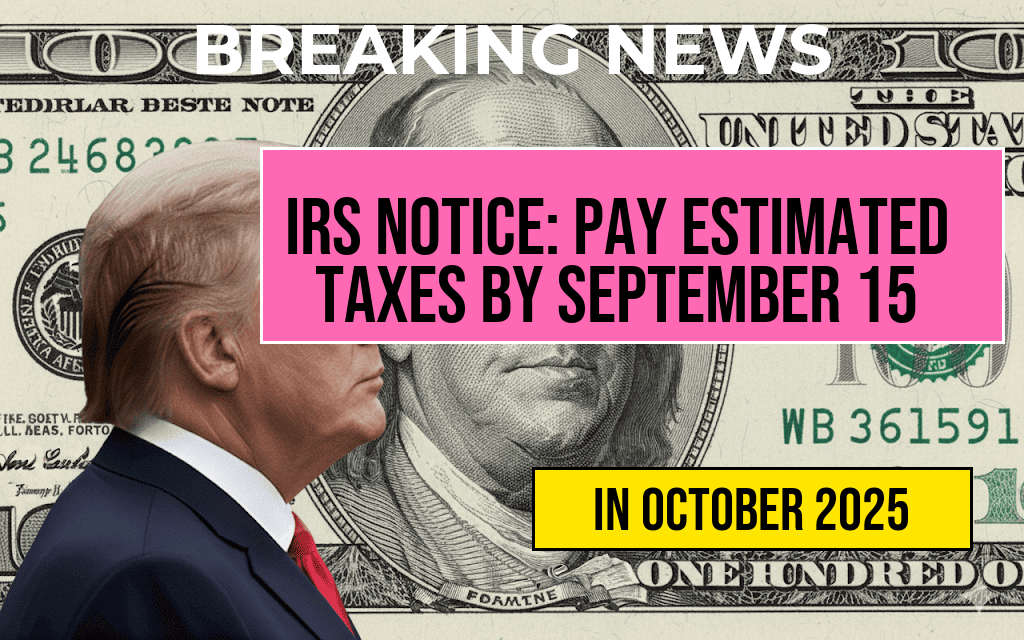The potential overhaul of the Social Security Disability Insurance (SSDI) program has raised alarms among older workers, who warn that proposed changes could lead to an astonishing $82 billion in benefit cuts. As lawmakers grapple with the long-term sustainability of SSDI, many advocates for the elderly are voicing their concerns about the implications of these reforms on vulnerable populations. The SSDI program, critical for millions of Americans, provides essential financial support to those unable to work due to severe disabilities. The proposed adjustments aim to address funding shortfalls but have ignited a fierce debate on the balance between fiscal responsibility and the welfare of elderly beneficiaries.
Understanding the Proposed Changes
Recent discussions in Congress have centered on various strategies to reform SSDI, which has faced funding challenges exacerbated by economic fluctuations and rising disability claims. Among the proposals are adjustments to eligibility criteria and benefit calculations, drawing mixed reactions from stakeholders.
Key Proposals Under Consideration
- Eligibility Adjustments: Some lawmakers suggest tightening the criteria for qualifying for SSDI, which could limit access for new applicants.
- Benefit Reductions: Proposed changes might include reducing the monthly benefits for current recipients, impacting those who rely on this support to meet basic needs.
- Work Incentives: There are discussions about implementing stricter work incentives, which could push some individuals to return to work before they are ready.
Impact on Older Workers
Older workers, who may already be vulnerable due to health issues or job displacement, are particularly concerned about the ramifications of these proposals. Advocacy groups assert that many individuals rely on SSDI not just as a supplement but as a primary source of income. The potential for significant cuts could exacerbate poverty levels among older Americans, many of whom face rising healthcare costs and inflationary pressures.
Voices of Concern
Organizations such as the National Organization of Social Security Claimants’ Representatives (NOSSCR) have voiced their opposition to the proposed cuts. They argue that the changes could disproportionately affect older workers who have limited ability to re-enter the workforce due to health-related challenges.
“This overhaul could be devastating for many who depend on these benefits to survive,” stated a spokesperson for NOSSCR. “It’s crucial that we protect the most vulnerable populations instead of making drastic cuts that will only worsen their situation.”
Financial Implications of the Overhaul
The projected $82 billion in cuts is based on analyses from various economic studies, which suggest that even minor adjustments could lead to significant reductions in overall benefits. According to a report by the Center on Budget and Policy Priorities, SSDI’s financial health is precarious, but reforms must be approached with caution to avoid harming beneficiaries.
Potential Alternatives to Cuts
Some experts propose alternative measures to enhance SSDI’s sustainability without imposing cuts. These include:
- Increased Funding: Advocates suggest exploring additional funding sources, such as adjustments to payroll taxes.
- Comprehensive Review: Conducting thorough reviews of SSDI claims to identify fraud or abuse, which could free up resources.
- Public Awareness Campaigns: Educating the public on disability rights and SSDI benefits to ensure that those eligible can receive support.
The Path Forward
As the discussion surrounding SSDI reform continues, it remains imperative for lawmakers to engage with stakeholders, particularly older workers who would be most affected by these changes. Public forums and hearings are expected to take place in the coming months, providing a platform for voices from across the spectrum to be heard.
Conclusion
The future of SSDI hangs in the balance, with proposed changes threatening to cut vital benefits for millions. Understanding the implications of these reforms is crucial for all stakeholders involved. The discourse surrounding SSDI reform will undoubtedly shape the lives of older Americans for years to come.
For further information on SSDI and its potential reforms, you can visit Center on Budget and Policy Priorities or explore the history of SSDI on Wikipedia.
Frequently Asked Questions
What is the SSDI program?
The Social Security Disability Insurance (SSDI) program provides financial assistance to individuals who are unable to work due to disabilities. It is designed to support disabled workers and their families.
How could the proposed overhaul impact benefits?
The proposed overhaul of the SSDI program could lead to an estimated $82 billion in benefit cuts, potentially affecting the financial stability of many older workers who rely on these payments for their livelihood.
Who is most affected by the potential cuts?
Older workers are among those most likely to be impacted, as they often have fewer employment opportunities and may depend more heavily on SSDI benefits during retirement.
What are the reasons for the proposed changes to SSDI?
The proposed changes are part of a broader effort to reform the SSDI program, aimed at addressing financial sustainability issues and concerns over the program’s long-term viability.
What can individuals do to advocate against these cuts?
Individuals concerned about the potential cuts can advocate by contacting their elected representatives, participating in awareness campaigns, and joining organizations that support the rights of disabled workers.








